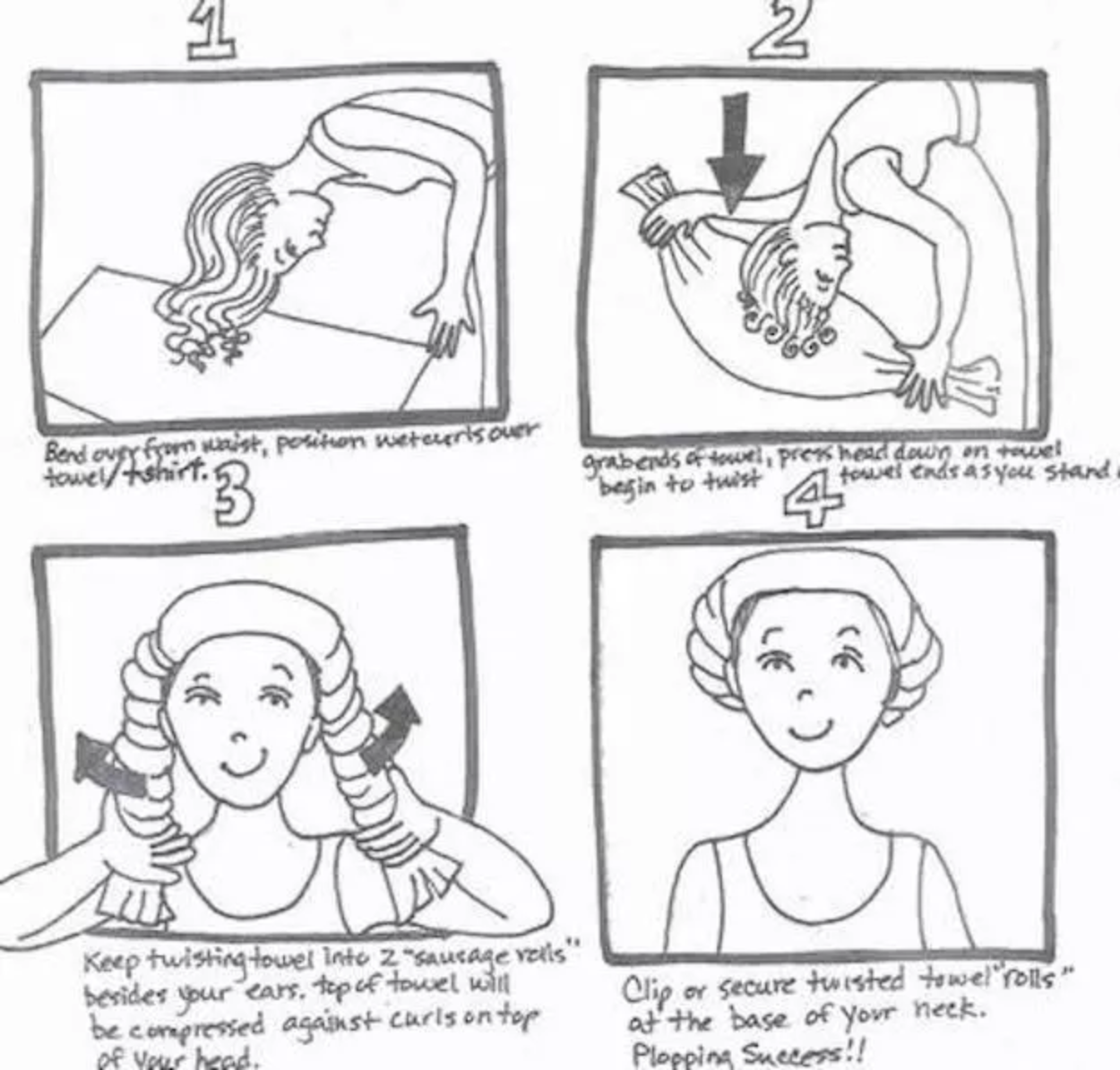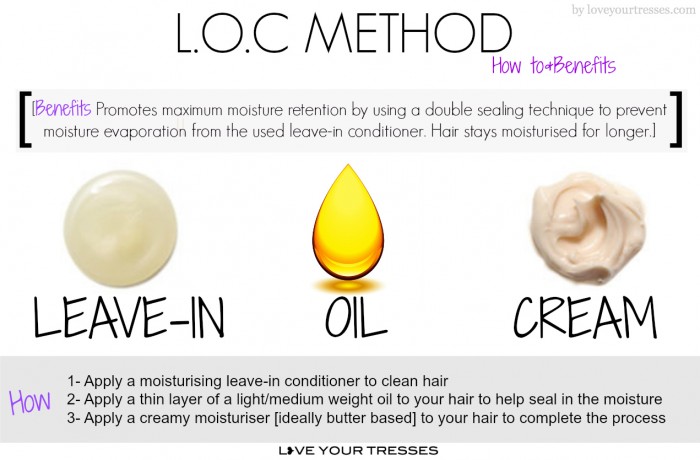Felice’s Client POV on How To Talk To Your Hairdresser
PinPoint #1: Express yourself clearly
First dates are always a little a nerve-wracking. So are first hair appointments. That’s why it’s important to go in with a clear idea of what you want and what questions you have about everything from budget, maintenance to color and cut. Don’t be afraid to ask a ton of questions! The more you ask, the more likely you will be happy with the final results immediately after your hair service and in the long run. No question is a dumb question either. You are not expected to be an expert. Your hairdresser is the expert!  And don’t be shy about asking questions throughout the process. If you see them doing something and you’re not sure you like it or if it is what you actually want, then speak up! Clarify what’s going on. A lot of times, things don’t look like the final result until the end of your hair process BUT, you should definitely ask if something looks funny to you so you don’t end up with orange hair when you really wanted pink hair. Just communicate, communicate, communicate. If your stylist doesn’t like you asking questions, then you need to find a new stylist. Period. A good stylist will encourage questions and even guide you to the right questions and answer things you may have forgotten to ask. So have fun chatting it up because that’s what a hair appointment is all about!
And don’t be shy about asking questions throughout the process. If you see them doing something and you’re not sure you like it or if it is what you actually want, then speak up! Clarify what’s going on. A lot of times, things don’t look like the final result until the end of your hair process BUT, you should definitely ask if something looks funny to you so you don’t end up with orange hair when you really wanted pink hair. Just communicate, communicate, communicate. If your stylist doesn’t like you asking questions, then you need to find a new stylist. Period. A good stylist will encourage questions and even guide you to the right questions and answer things you may have forgotten to ask. So have fun chatting it up because that’s what a hair appointment is all about!
Share and subscribe to our Beauty Wizardry YouTube Channel! https://www.youtube.com/channel/UCjc45ByMrYSjuuZtvHuFbhQ?sub_confirmation=1
Jeffrey’s Pro Tips for Talking To Your Hairdresser
When it comes to any client sitting down in my chair, meeting and exceeding their goals while maintaining the integrity of their hair is always my number one priority. Whether it is your first visit with a stylist or our 20th appointment together, a proper consultation before beginning any service is always the key to a successful visit.
There are some questions to think about before going into the salon to talk with a new stylist:
-
- What are my hair goals? For this appointment and going forward?
-
- Are they possible in one sitting? What is the current state of my hair?
-
- What is my hair history? Happy & Healthy or Fried & Dyed? Is it coated in years of black box die with the hopes of being platinum blonde today? Be honest, what has been chemically done to my hair in the last 12 months?
-
- What is my budget? For this appointment and maintenance going forward?
- What is my at-home maintenance? What are my new must-haves for happy, healthy hair?
PinPoint #2: Research & Honesty With Your Hairstylist
The first step to any successful hair appointment is doing your research to find a stylist  that can help create the vision you have for your hair going forward. Then you need to be completely transparent with them about the current condition of your hair ie: chemical services, highlights under the previous color, box color, etc. The accessibility to beautiful beauty images online has led so many to believe miracles are possible in a few hours time. While hair wizardry does happen, it’s absolutely crucial to have realistic expectations walking into your appointment and to be as honest as possible with what has been done to your hair previously. We as stylists ask these questions prior to any service so we can assess your hair properly, give you our best advice on what can be done during your appointment and set up a timeline of goals moving forward to be achieved in the salon and during your at-home care.
that can help create the vision you have for your hair going forward. Then you need to be completely transparent with them about the current condition of your hair ie: chemical services, highlights under the previous color, box color, etc. The accessibility to beautiful beauty images online has led so many to believe miracles are possible in a few hours time. While hair wizardry does happen, it’s absolutely crucial to have realistic expectations walking into your appointment and to be as honest as possible with what has been done to your hair previously. We as stylists ask these questions prior to any service so we can assess your hair properly, give you our best advice on what can be done during your appointment and set up a timeline of goals moving forward to be achieved in the salon and during your at-home care.
Your honesty allows us to do our job properly without surprises during the process, leaving you with the best end result possible! I am fully aware when someone sits in my chair that they are more than likely familiar with my work and understand drastic transformations do happen, but every circumstance is different. Your hair type plus your hair history are going to play the largest role in determining what is possible during each session together.
PinPoint #3: Know your budget
Another big consideration when going in for any hair appointment is your budget. You should always have an idea of what your first service going to cost and what will it cost to upkeep this new look, before your first appointment. That way there will be no surprises. Your budget is going to play a major role in any hair appointment, big or small, and thinking about it from both ends is key:
-
- Will you be happy with a $25 haircut or do you see the value in a $125 haircut?
-
- Does price determine skill set?
- What can I cut out of my daily life to afford great hair every 6-8 weeks?
Plenty of incredible artists work for much less than they are worth for various reasons and it’s not to say you can’t find an amazing deal on great hair, but most of the time the reality is that you get what you pay for! Here are some things to understand before deciding on your hair budget:
-
- Some stylists work off commission from the salon, while others rent their own chair and set their own prices within a salon or studio.
-
- Some stylists use service menus that are a package deal while others provide ala carte services.
- Some stylists charge by the hour while some charge by the service.

It really just depends on the stylist and salon you are visiting. For myself, dramatic transformations or color corrections usually come with an hourly price attached vs a service price. This is because there is really no way to determine how long it will take until you get to work and the hourly price point better covers the cost of product and time used. Most regular services start at a base price and go up depending on amount of hair, product used and the time it takes to complete the service. Clients tend to forget that as an independent business, I am solely responsible for all overhead ie: all products used, tools for the job, taxes, licensing, insurance, continued education, etc and this needs to be considered when I am creating my pricing structure.
Sure, you can get a decent $25 haircut at Supercuts, but that stylist is being paid an hourly wage, has medical insurance provided for them and all their education is paid for by the parent company. Working independently, I pride myself on using only the highest quality products on my clients and I always stay up-to-date with trends and techniques. I’m constantly investing in myself which in turn raises my value and service cost. I try to approach every situation with the client’s budget in mind and provide the highest quality service no matter the price, but it’s a two-way street of understanding between the client and stylist. On the other hand, the client still has to understand what is possible within their own budgetary limits and discuss it with their stylist honestly and upfront.
To me, it’s all about clear communication. It is the stylist’s responsibility to explain what goes into the service, what can be achieved during that appointment and the cost of the maintenance going forward. After your fabulous new tresses have been tamed to perfection, it’s important to have good recommendations about your at-home care to really maintain your new look and continue building on the health of your hair. I am not someone who pushes products just to push products. Instead, I always like to share the products I am using with my clients and educate them on how their hair can benefit from these products in-between our appointments. Using the right products will set us up for success going forward. I always ask my clients their current routine – what is and isn’t working for them currently and where they could use some help from me. If you have products you love, a stylist isn’t going to push you away from what’s working. However, if you have some areas that could use some improvement like more moisture, heat protection, etc, your stylist can assist you in adding more must-have products into your current routine!
And that’s everything you need to be ready to communicate clearly and confidently with your hairdresser. Learn more about Jeffrey and Felice here. We’ll be doing more in-depth articles soon so stay tuned for more tips coming your way. What are some of your suggestions for talking with your stylist? We’d love to hear them in the comments below!
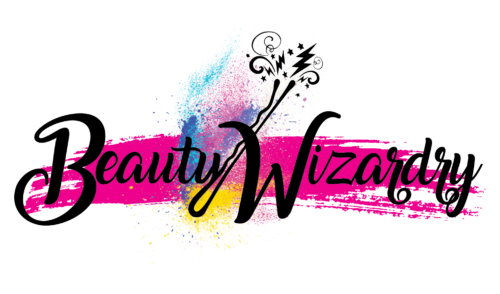
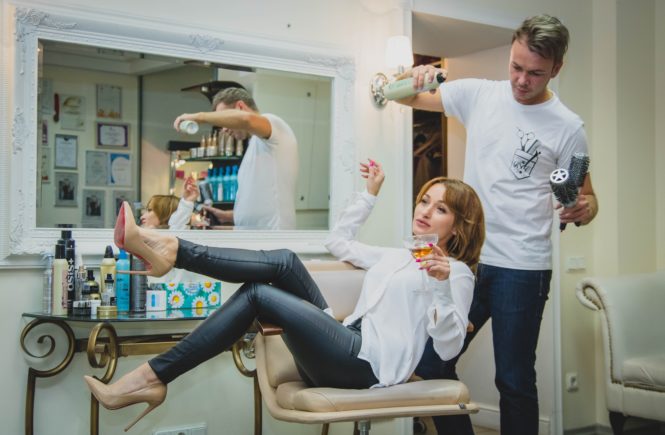
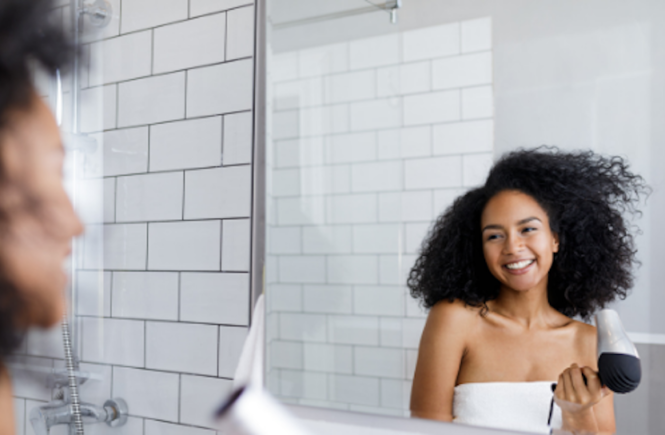
 shampooing, the less you wash your hair, the better! Curly hair is prone to being dry and more fragile, so with excessive shampooing, you’re opening up the cuticle and stripping the hair of its natural oils, drying out your curls even more, which is why it’s so important not to overdo it with washing.
shampooing, the less you wash your hair, the better! Curly hair is prone to being dry and more fragile, so with excessive shampooing, you’re opening up the cuticle and stripping the hair of its natural oils, drying out your curls even more, which is why it’s so important not to overdo it with washing. 